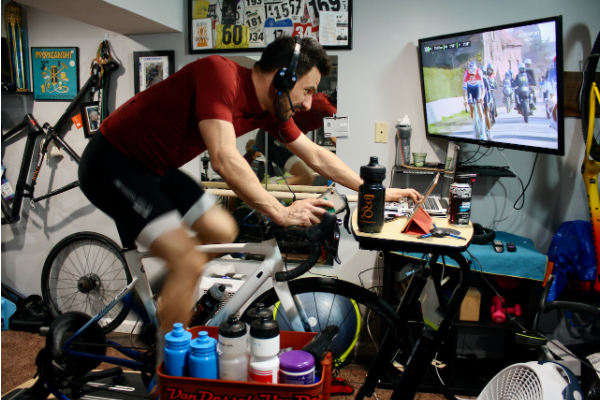
Nutrition for winter cycling: how to fuel off-season miles
Fueling Those Winter Miles The days are getting shorter and the temps continue to dive down. Winter will officially start in a week but it
Sooner or later, just about every cyclist has a terrifying near miss with a motor vehicle (or gets hit). There are only so many things we can do to keep ourselves safe.
Wearing bright clothing, using flashing lights, avoiding dangerous roads, etc. Most cyclists know these strategies already. But there are certain riding techniques or practices that many cyclists never learn, or only figure out after a decade on the road. These defensive riding practices require a high degree of skill, control, and confidence, so not all of them should be attempted by brand new cyclists who are still learning the basics. Additionally, these are tips for riding that go beyond what I would describe as “reasonable care” and are designed to keep cyclists safe well beyond what the law requires for safe riding.
Defensive riding, more accurately described as assertive riding, requires planning and scanning ahead—and behind. Before you move left into the vehicle’s lane of traffic, for example, you need to know if there’s a car back there. Always knowing your surroundings is part of planning ahead.
Minimizing last second maneuvers is another necessity of assertive riding practices, such as pointing to where you’re going (there’s no time to point if it’s a split second decision). Make it a habit of regularly looking ahead various distances, noting if there are vehicles approaching a side street the next block up from you. Look ahead for potholes or garbage cans in the bike lane. Listen to vehicles approaching from behind. Search for an exit strategy if an oncoming driver makes a quick left turn across your lane. Assertive riding requires constant vigilance.
It may be counterintuitive, but moving left out into the vehicle’s lane of traffic is sometimes safer than staying put in the bike lane or shoulder. Here are a few examples of when to use this assertive riding practice (other than to avoid gravel, glass, etc. in the bike lane or shoulder):
In tense riding situations when traffic is heavy, don’t just signal that you’re turning left, point and do it with authority! Thrust your arm out and point with your index finger as if you’re making an accusation. Of course, look back (don’t trust your ears) and make sure the driver back there sees you and is slowing down before you start turning.
When it comes to your own safety, there’s often no practical reason to inform drivers that you’re making a right turn, and in dangerous/high traffic scenarios it might be best to just leave both hands on the bars.
Holding up a STOP hand sign in the direction of a motorist who needs to stop, possibly coupled with shaking your head from side to side, is another gesture that informs a driver of your intention. Use this method if you suspect a driver from a side street is thinking about pulling out in front of you. Do this well in advance. You want your hands on the bars if they ignore safety and go for it.
As you approach an intersection in the bike lane and you’re passing slower moving vehicles on your left (let’s say they were stopped at a light that just turned green), be ready for one of those drivers to make a right turn in front of you without using their turn signal or looking over their shoulder. To avoid a right hook crash such as this, either speed up or slow down: speed up to get just past the front passenger’s side window up by their hood so you’re impossible not to see, or slow down and match the speed of a vehicle and get in that same position (still be ready for the vehicle in front of you to make a sudden right turn).
Another intersection trick is to speed up or slow down and match the speed of a vehicle on your left as you pass through a busy intersection. On the off chance that a driver on your left blows through the stop sign or red light, the vehicle on your left will block you from a direct impact.
Whether a driver is waiting at a side street on your right or left, or is waiting in a left turn lane to make a turn across your lane, keep pedaling (you may actually increase your cadence) even if you anticipate that they’re considering cutting you off. Do this to show that you have the right-of-way, and you do not intend to yield to them (this is assuming you have the right of way). Ease off on the pedals and even shift down if you want to. Just keep your legs moving. You don’t have to be producing any power for forward motion. Being extra assertive in this scenario, as opposed to coasting, might keep a driver from risking it and deciding they do have enough time to “beat you.” Of course, be ready to stop pedaling and brake hard if they do pull out at the last second.
We at Colorado Bike Law understand that some crashes are impossible to avoid. If you were struck by a distracted, impatient, drunk, or aggressive driver, you are fully within your rights to seek fair compensation for your damages. In fact, it is in your own best interest to pursue legal compensation, as your medical bills, ongoing cost of care, lost wages, bike damage, and other expenses are generally much greater than you probably realize.
To learn more about your options, call Brad Tucker at 303.694.9300 to schedule a free consultation today.
Tucker at 303.694.9300 to schedule a free consultation today.
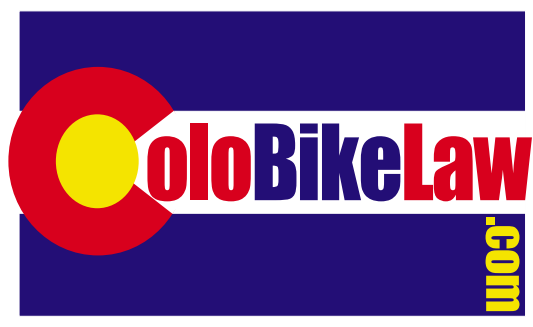

Fueling Those Winter Miles The days are getting shorter and the temps continue to dive down. Winter will officially start in a week but it
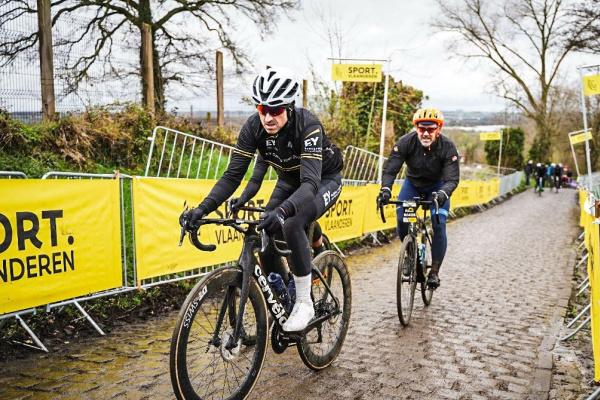
By Kris Thompson, Contributor-AvidCyclist Do you have bucket rides/events you want to do in your life? Bucket rides/events can motivate you into training for the

When it comes to fueling for a big Fondo or Charity Ride, we can take a lot of advice from the professional peloton. Just because

11 years ago, the great folks at Adventure Fit Events set out to create a way for our community to rally together during the winter
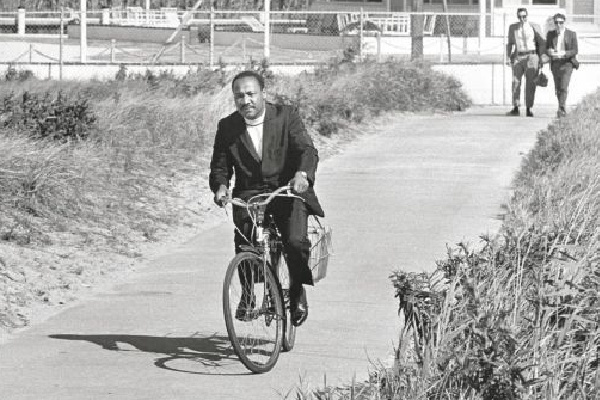
By: Gary Robinson, Editor This coming April 4th will mark 56 years since the assassination, by a racist, of the man whose life we remember
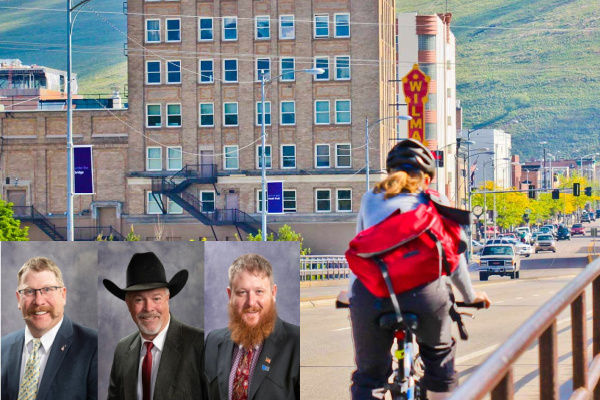
by: Gary Robinson If you are cyclist here in Colorado, there are a lot of things you see that make you shake your head, and